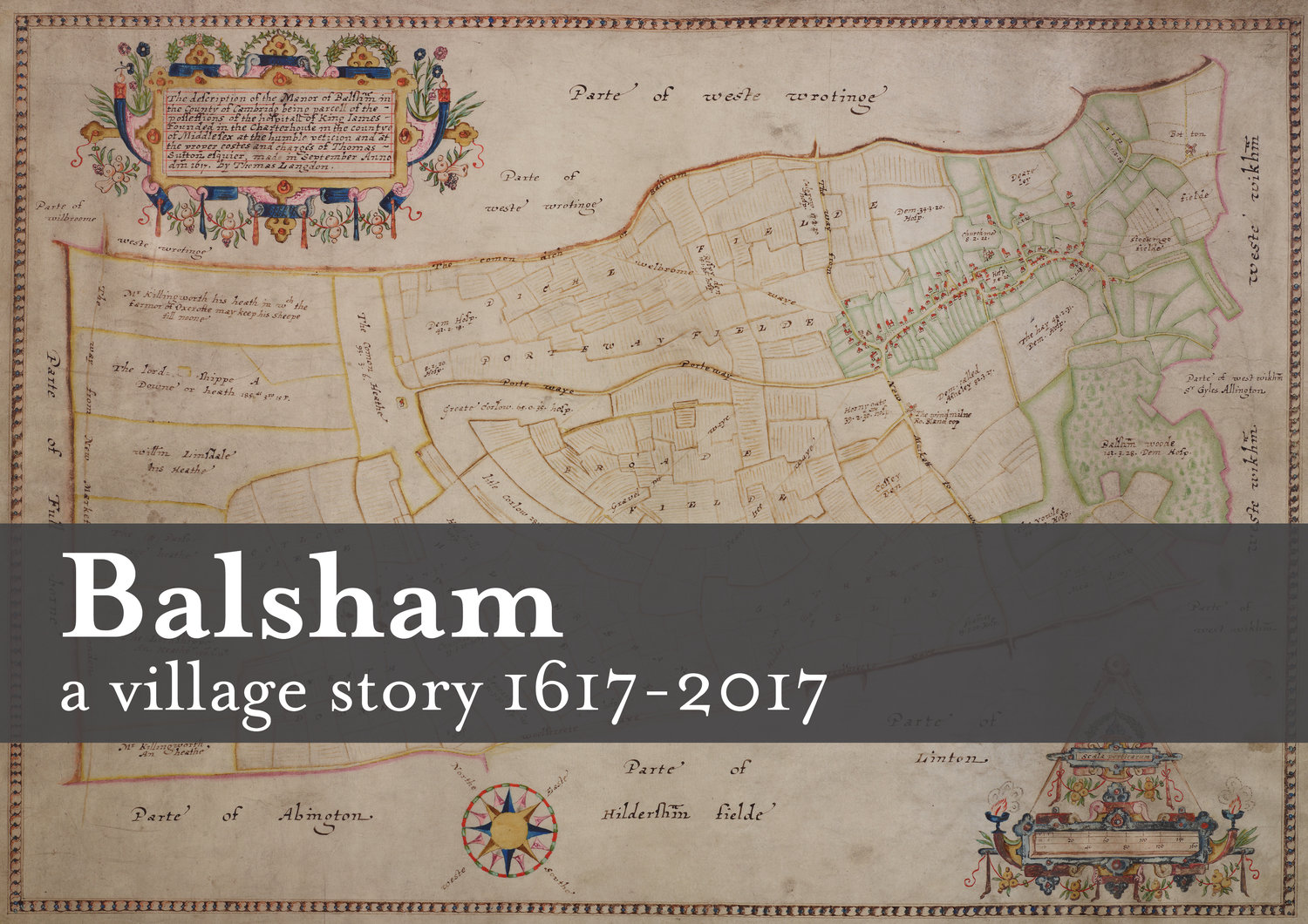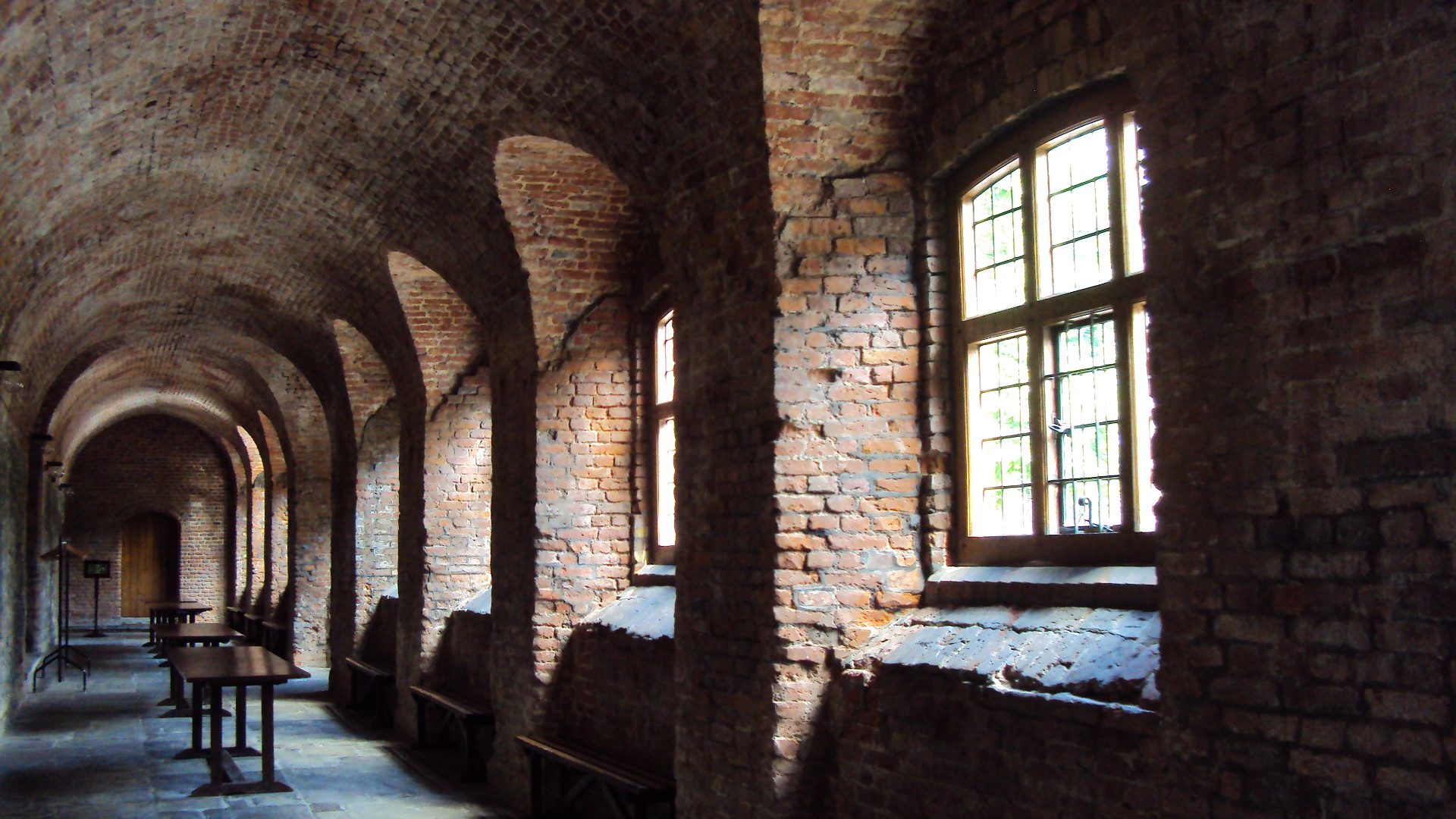It's Charterhouse in London. We’re really proud of our connection with the Brothers. The history between Balsham and the community of Brothers goes back to 1611 and we were delighted to receive an article from Dr Stephen Porter on their behalf which we published in Balsham, a village story 1616-2017.
Inside the Charterhouse building in London
You can also visit the community and view their Museum which has free admission or a guided tour. To find out more do visit their website by clicking here.
Balsham and the Charterhouse (extract from Balsham, a village story, 1617-2017)
“Thomas Sutton was reputedly the richest commoner in England when he died in 1611. He had no legitimate heir and poured his wealth into a charity, which he established in the summer of 1611, in the Charterhouse, then on the fringe of London, a mansion converted from a former Carthusian priory in the 1540s. That was a prestigious property and he gave his charity, for 40 scholars and 80 elderly men, the title of ‘The Hospital of King James, founded in Charterhouse within the County of Middlesex’, to flatter the king. Balsham was one of the properties which formed the charity’s endowment; the first governors acquired further lands after Sutton’s death in December 1611, but thereafter the endowment was not augmented. The charity’s wealth fluctuated as the value of the rents rose and fell, with prosperity during the first half of the seventeenth century, a decline in real value during the late seventeenth and early eighteenth centuries, and prosperity during the long period of high agricultural prices from the mid-eighteenth century.
The school was moved to a new site at Godalming in 1872, where it had space to develop, but the almshouse remained in the core buildings of the Charterhouse. It began to suffer from the effects of reduced rents during the agricultural recession, from the 1870s onwards, as imported foods were sold at low prices on the British market. Sutton’s carefully chosen portfolio of manors had been an ideal investment in the seventeenth century, but their wealth was based entirely on the profitability of the rural economy; none of them had coalfields or mineral deposits, they were not needed for factories or railway yards, nor were close enough to growing cities and towns to be developed as dormitories for commuters on the expanding rail network. Eventually, in the aftermath of the First World War, the governors decided to sell the country estates and that was done, mostly in 1919-20. Sutton had also acquired the advowsons of the parishes and they were retained when the land was sold, continuing the connection between his great legacy and his charity. ”
You can read the rest of this article in Balsham, a village story 1616-2017.


